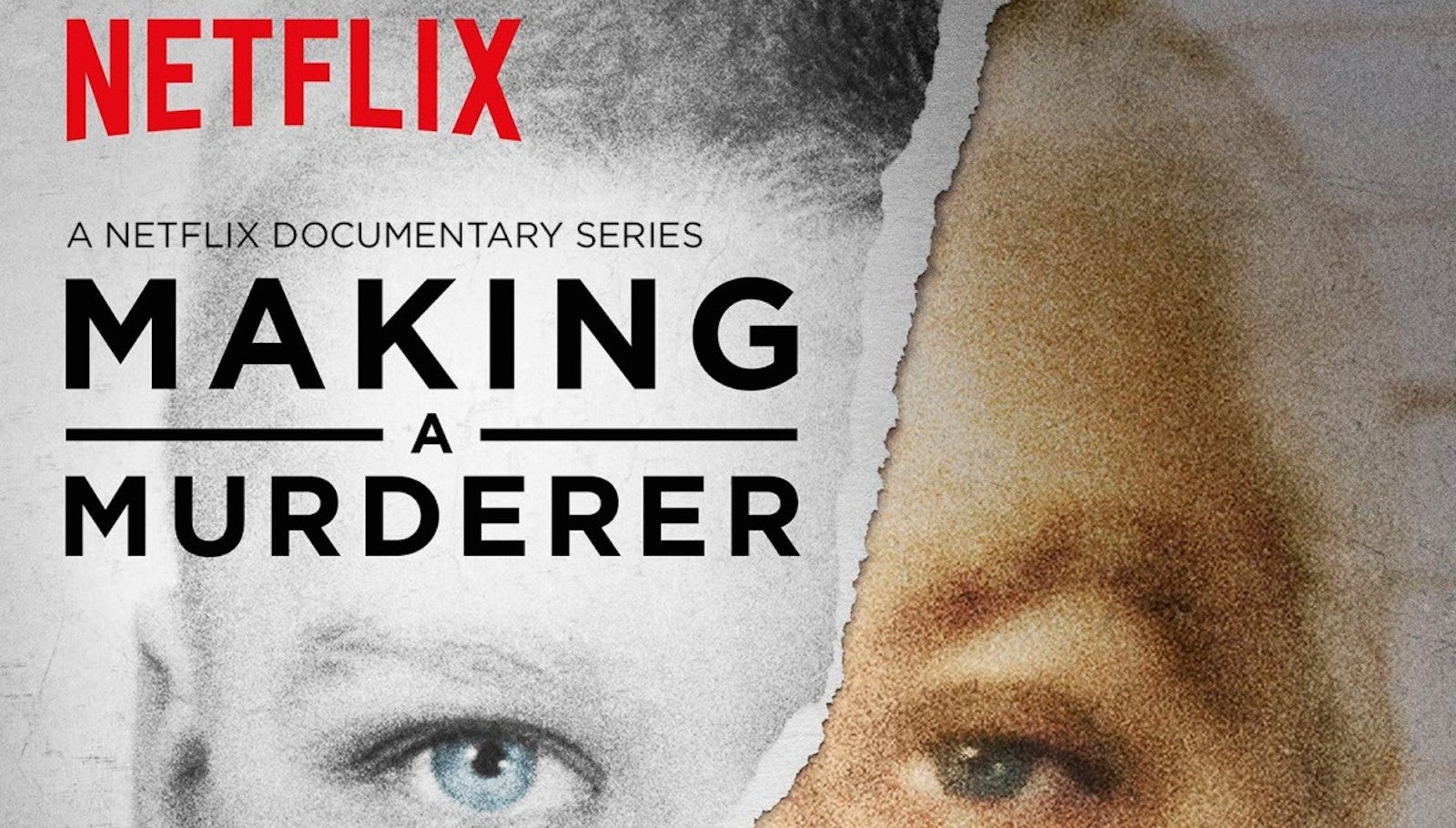How “true crime” went from guilty pleasure to high culture
If you’re like me, there’s nothing better than settling into the couch after a long day’s work and flipping on the television to Investigation Discovery.


If you’re like me, there’s nothing better than settling into the couch after a long day’s work and flipping on the television to Investigation Discovery.
Investigation Discovery, or ID, is a cable television network owned by Discovery Communications that features almost exclusively true-crime documentaries. (Mainly murders, with a sprinkling of kidnappings, stalkings, and the ever-favorite “unexplained disappearance.”) It is the televisual Mecca for fans of hardboiled, albeit rather low-rent, crime stories. It’s kitschy and riveting—the ultimate guilty pleasure.
This wasn’t always the case. ID initially launched in the mid-1990s as the Discovery Civilization Network, anchoring its programming in anthropological documentaries and historical reenactments. Several years and a failed partnership with The New York Times later, Discovery Communications hired creative studio Trollbäck + Company to rebrand the network. By 2006, what began as a stab at producing high-minded cable content had resorted to the lowest common denominator: true crime.
Since the change, ID has risen through the ranks of cable entertainment to build a loyal following—particularly among women. The network rounds off its addictive programming with big-name hosts like Tamron Hall and Paula Zahn, and has become a second home for NBC’s Dateline.
The ascent of the ID channel mirrors the deep cultural appetite for true-crime media. The genre has been wildly popular for decades, starting with pulp fiction and continuing through America’s Most Wanted and beyond. Beginning in the last few years, however, what was once largely the realm of low-brow entertainment has entered high culture—becoming precisely the kind of cerebral content, marketed to intellectual elites, that the Discovery-Times partnership sought to pin down.
The change in public perception of the genre was the result of several factors. In 2013, The Atlantic published Hanna Rosin’s cover story “Murder by Craigslist”—the chilling tale of Richard Beasley and his teenage accomplice, Brogan Rafferty, who used Craigslist ads to lure unsuspecting men to their grisly deaths. For true crime to snag the cover slot on one of the nation’s most respected periodicals was a major coup. “Rosin’s reporting began with a case that seemed destined to become mere tabloid fodder,” admitted The New Yorker’s Sarah Stillman, “but delivered the reader something else entirely: the piece used the brutal murders as a chance to examine the increasingly precarious lives of working-class men whose economic safety nets have been snipped out from under them.”
The following year, Serial, a spinoff of Chicago Public Radio’s massively popular This American Life, sprang to the forefront of brainy culture. The murder of Hae Min Lee and the potentially wrongful conviction of her ex-boyfriend, Adnan Syed, held listeners across America utterly rapt and spawned hundreds of think pieces. It also scored host Sarah Koenig a second season, and likely inspired a rash of similar moves from production outfits across the media spectrum.
Netflix’s new hit series Making a Murderer (note: potential spoilers below) capitalizes on the Serial phenomenon with the story of Steven Avery—a Wisconsin man convicted of the sexual assault and attempted murder of Penny Beernsten in the 1980s. Avery was exonerated in 2003–then charged with the murder of another woman, Teresa Halbach, just two years later. Making a Murderer follows the seemingly implausible events leading up to Avery’s second trial, and considers the idea that Manitowoc County officials planted evidence, conspiring to put Avery back behind bars.
This is not the first time that the true-crime genre has popped into the stratosphere of pop-culture sophistication. Truman Capote’s 1960s thriller In Cold Blood comes to mind, as does Vincent Bugliosi’s Helter Skelter (1974), which covered the Manson murders and remains the biggest-selling true-crime book in US history. Edmund Pearson, viewed by many as the man who spearheaded true-crime journalism in the 1920s, published his work in prestigious publications like The New Yorker and Vanity Fair.
So what happened in between true crime’s arty reputation in the mid-20th century and the genre renaissance of today?
Arguably, a rise in public interest for true-crime stories of social importance. A cultural obsession with glitzy, sensationalized cases—the murder of JonBenét Ramsey and the O.J. Simpson trial, for example—defined the genre in the 1980s and ’90s. This newest crop of true-crime entertainment is taking a different tack. Instead of fetishizing the criminal and the crime, Serial and Making a Murderer take a long, hard look at the contexts in which such atrocities arise, how we as a society deal with them, and whether our methods of delivering justice are as sound as they are purported to be.
Serial dug deep into peoples’ preconceived notions surrounding interracial dating, Muslim-American culture, modern teen masculinity, and the pressure on law enforcement to build clean narratives around crimes. Making a Murderer dissects society’s need to contain so-called undesirables in our communities, and how righteousness and bias can completely railroad our constitutionally mandated judicial processes.
True crime has often been defined by half-truths, glamorizations, stretched facts, and insinuations. Today, it’s becoming more about interrogating our criminal justice system and examining our theories on criminality and law enforcement.
These media-inspired discourses can produce major results. More than 15 years after his conviction, Adnan Syed has been granted a hearing so that his lawyers might present new evidence in his favor. Following Making a Murderer’s release, 160,000 people signed onto petitions to free Steven Avery.
“I think the film does a good job of raising broader systemic issues that could have happened anywhere,” one of Avery’s defense attorneys, Dean Strang, told The New York Daily News. “We are still working for free for him informally—and I suspect it’s going to get more formal soon here.”